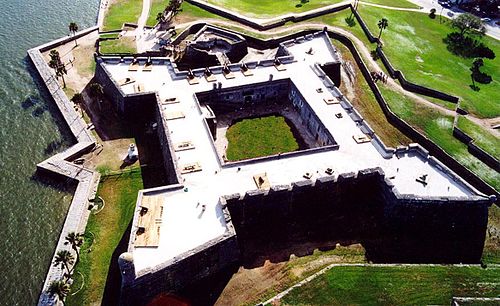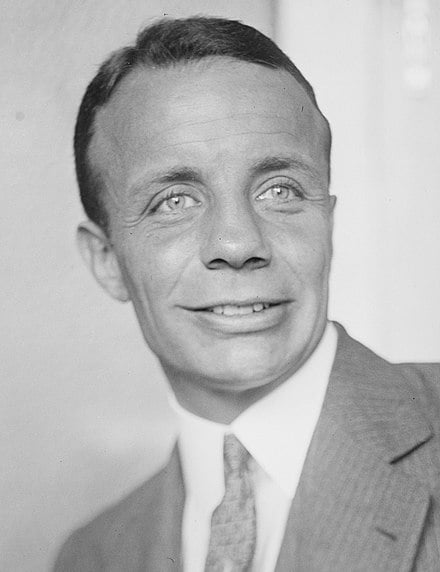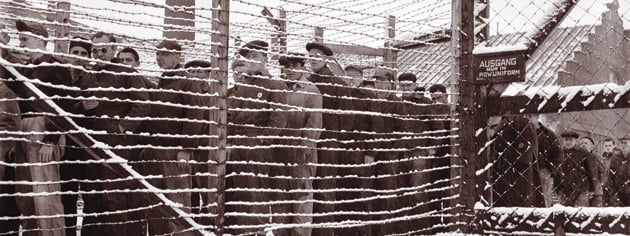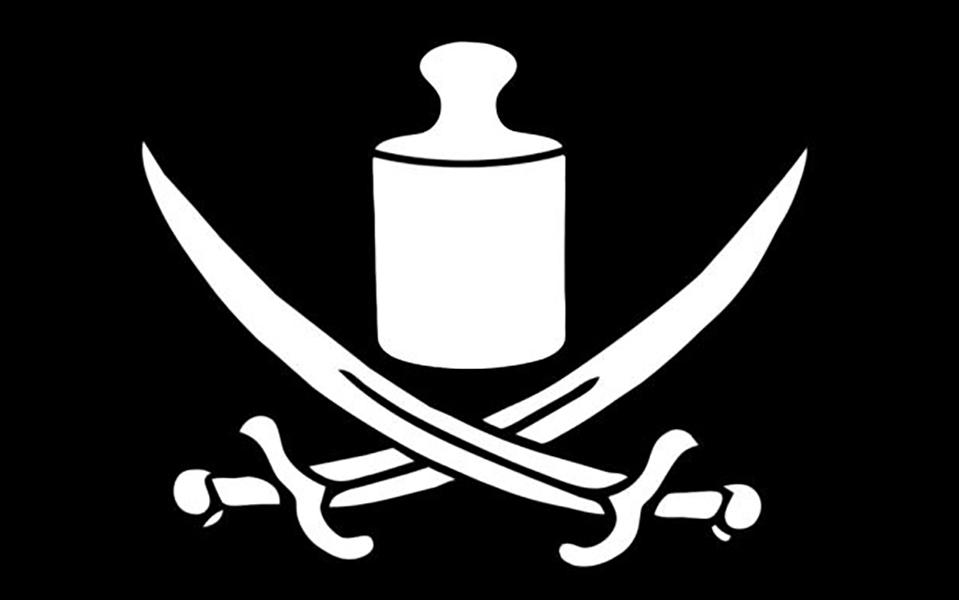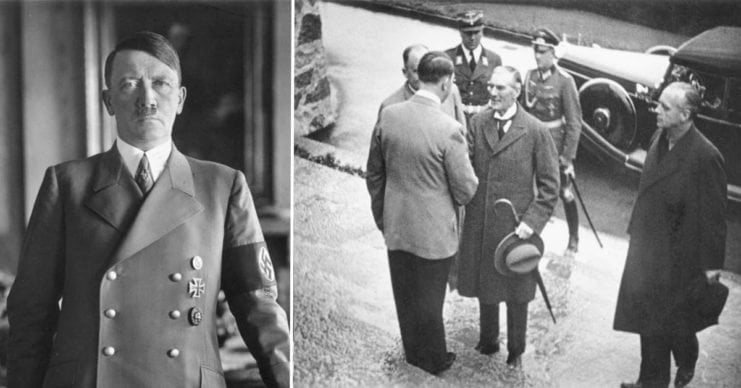When the Union abandoned a fort in Florida, they left behind a single soldier as caretaker. When the Confederacy marched on the fort, the lone soldier refused to surrender without a receipt for the fort. He received one, and the fort was taken without a shot fired.
Castillo de San Marcos Not to be confused with Castle of San Marcos (El Puerto de Santa María). Aerial view photo taken from northwest. Although the fort had a water-filled moat at the time, it was originally a dry moat. The Castillo de San Marcos (Spanish for “St. Mark’s Castle”) is the oldest masonry fort […]
